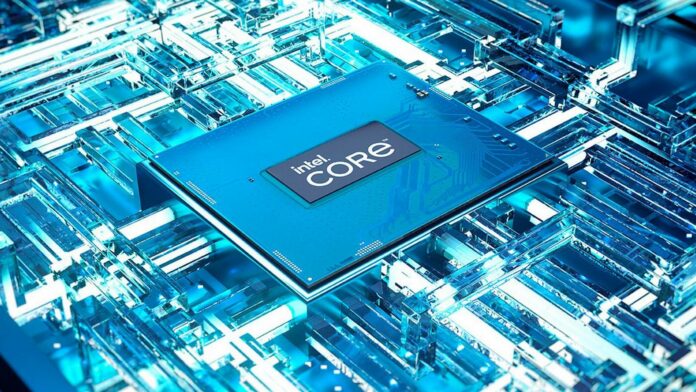Specifications for upcoming Intel Core Ultra 200HX mobile chips have leaked, showing a similar layout to their desktop counterparts. Though Team Blue has slightly reduced the frequencies compared to desktop counterparts, these could give laptop users the performance they need so long as they get the right power and cooling.
According to a table @jaykihn0 shared on X, Core Ultra 200HX CPUs destined for high-end gaming and workstation laptops will split as follows:
| Total cores | P-cores | E-cores | Boost clock | iGPU cores | |
|---|---|---|---|---|---|
| Core Ultra 9 285HX | 24 | 8 | 16 | 5.5GHz | 4 Xe (64EU) |
| Core Ultra 7 275HX | 24 | 8 | 16 | 5.4GHz | 4 Xe (64EU) |
| Core Ultra 7 265HX | 20 | 8 | 12 | 5.3GHz | 4 Xe (64EU) |
| Core Ultra 5 255HX | 20 | 8 | 12 | 5.2GHz | 4 Xe (64EU) |
| Core Ultra 5 245HX | 14 | 6 | 8 | 5.1GHz | 3 Xe (48EU) |
| Core Ultra 3 235HX | 14 | 6 | 8 | 5.1GHz | 3 Xe (48EU) |
Like their desktop counterparts, Core Ultra 200HX chips don’t support hyperthreading. Not to worry, though, as Intel expects its IPC gains to surpass any reduction caused by this modification. Moreover, removing hyperthreading should render these CPUs more efficient, an important aspect for mobile chips.
While the max boost clock is just slightly lower than the desktop equivalents, we still don’t have the full picture. TDP remains a mystery, and without enough power and cooling, these frequencies are just numbers on a table. It’s also important to note that the E-cores come clocked noticeably lower, sometimes up to 1GHz. However, this isn’t a big deal as these target efficient operations anyway.

Contrary to the CPU performance which will greatly count on Arrow Lake’s IPC gains, the new Arc iGPU with its 64 execution units shapes to be a noticeable upgrade for those who like to game on their laptops. With that in mind, these processors are also likely to pair with discrete GPUs to further boost graphics performance.
These chips are expected to debut next year, probably around CES 2025. Until then we should get more details about the power configuration and maybe even some Geekbench results. So, stay tuned.
